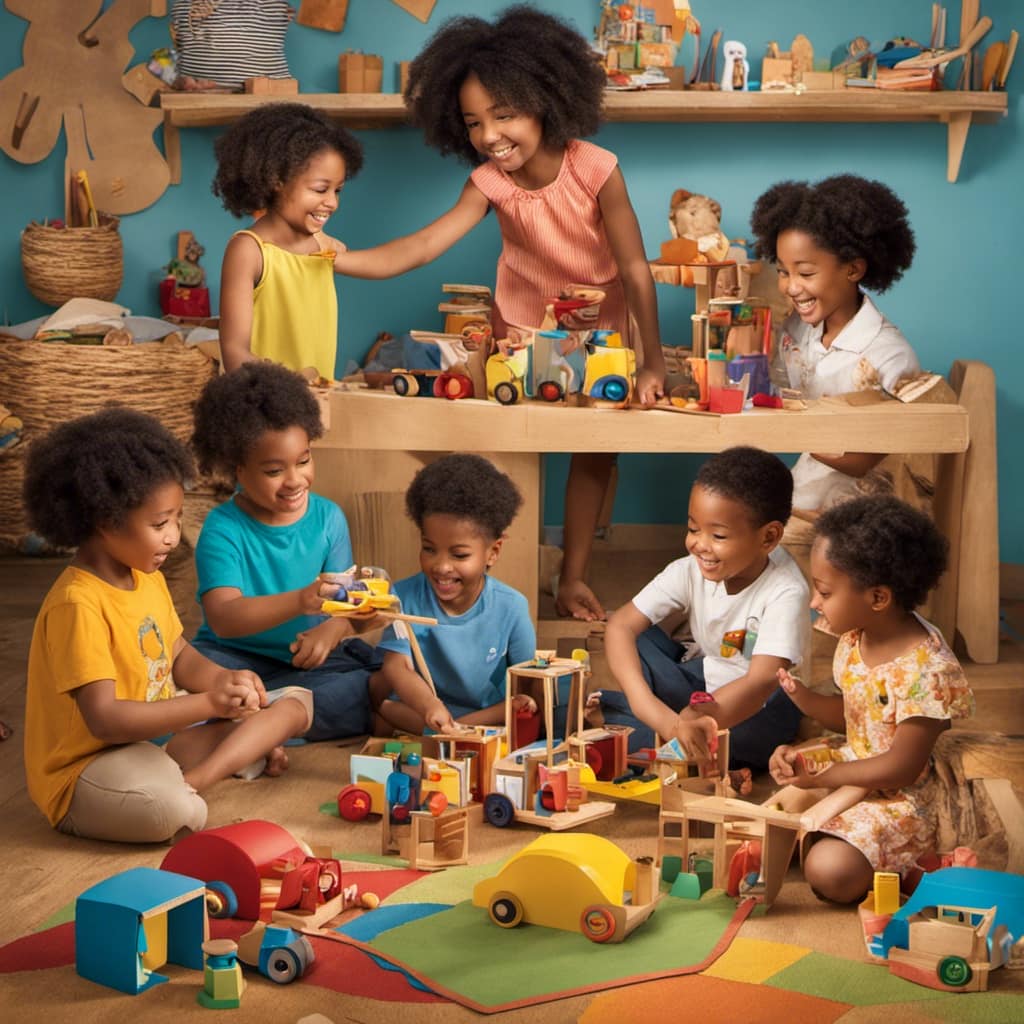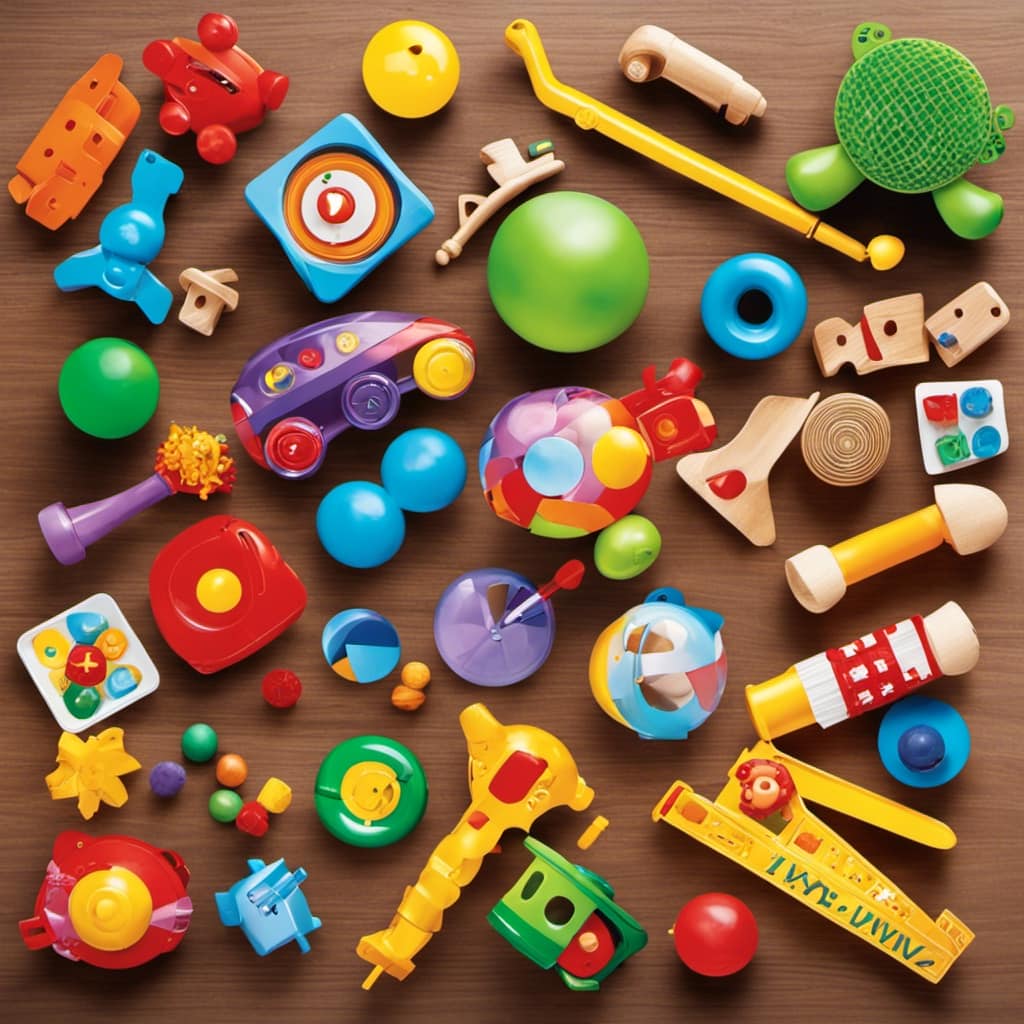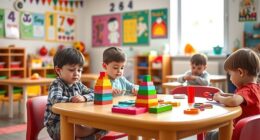As a parent, I am constantly impressed by the powerful effect that nutrition can have on my child’s development. It’s truly interesting to see how offering nutritious meals can greatly impact their physical, mental, and emotional well-being.
The choices we make about what they eat today can shape their health and well-being for years to come. In this article, we will explore the link between nutrition and child development, the importance of proper nutrient intake, and practical ways to promote healthy eating habits for our little ones.
So let’s dive in and unlock the potential of nutrition for our children’s growth and future success.
Key Takeaways
- Proper nutrition is crucial for supporting physical, cognitive, emotional, and social development in children.
- Malnutrition can lead to stunted growth, delayed cognitive development, and increased vulnerability to infections.
- A well-balanced diet reduces the risk of chronic diseases in adulthood.
- Parents should prioritize their child’s nutrition by offering a variety of nutritious foods and limiting sugary snacks and beverages.
The Link Between Nutrition and Child Development
I understand the importance of nutrition in child development and how it can impact their growth and well-being.
One crucial factor to consider is the impact of food insecurity on children’s nutrition.
Food insecurity, resulting from poverty and limited access to nutritious food, can have serious consequences on a child’s growth and well-being. It compromises their immune system, making them more susceptible to infections and impairing their ability to fight off illnesses.
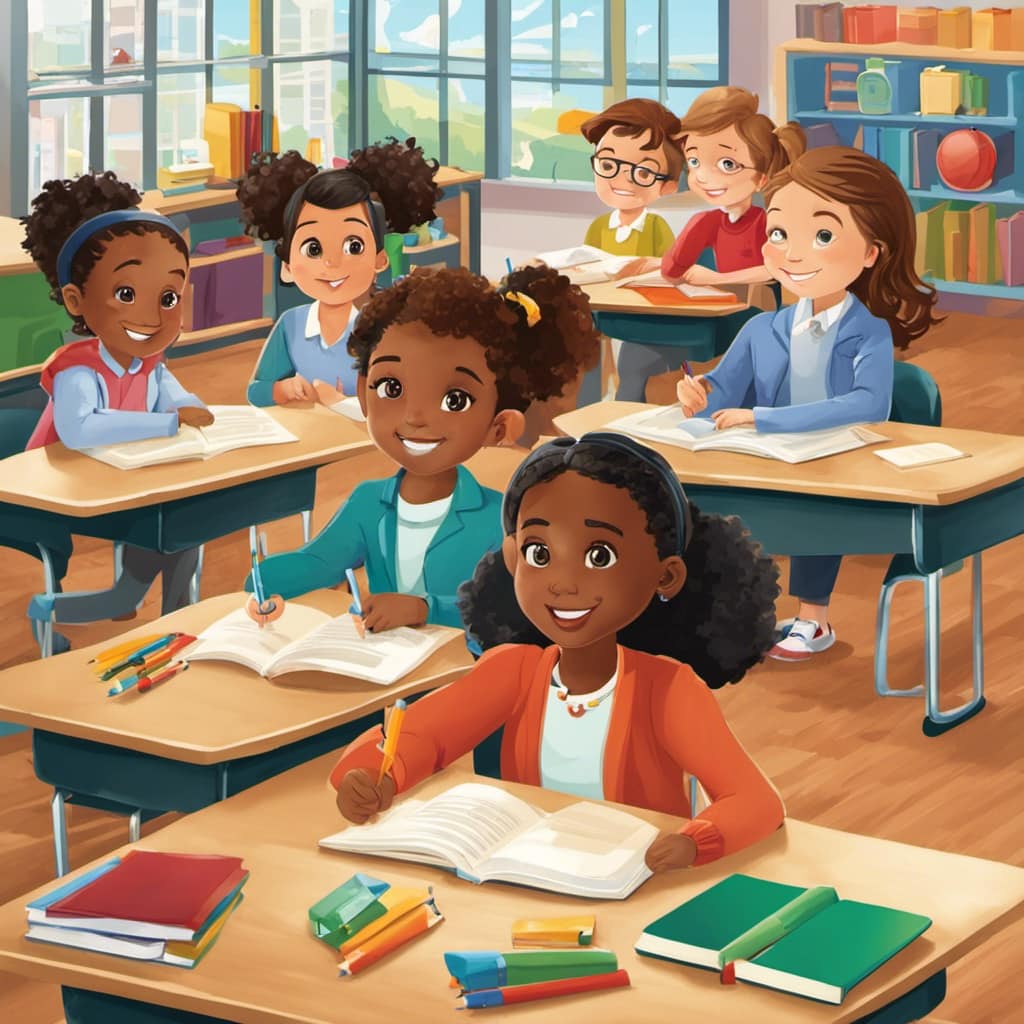
This not only affects their physical development but also their cognitive and emotional development.
Early intervention plays a significant role in addressing the issue of food insecurity and ensuring children have access to proper nutrition.
The Importance of Proper Nutrient Intake
Eating a balanced diet with proper nutrient intake supports overall health and well-being in growing children. As a parent, I understand the importance of providing my child with the best nutrition possible.
Breastfeeding, for example, offers numerous benefits. It provides essential nutrients and antibodies that help protect against infections and promote healthy growth.
When it comes to introducing solid foods, it’s essential to offer a variety of nutritious options. This helps ensure that my child receives all the necessary vitamins, minerals, and antioxidants for optimal development.
I focus on incorporating fruits, vegetables, whole grains, lean proteins, and dairy products into their diet. By doing so, I am promoting a healthy weight, reducing the risk of chronic diseases, and supporting their cognitive function.

Proper nutrient intake truly plays a crucial role in my child’s overall well-being and development.
Understanding the Impact of Malnutrition on Child Development
Feeding a child a balanced diet with proper nutrient intake is crucial for their growth and overall well-being. Here is an understanding of the impact of malnutrition on child development and strategies to address it:
-
Cognitive Development: Malnutrition can negatively affect cognitive development in children. It can lead to poor memory, reduced attention span, and impaired learning abilities.
-
Physical Growth: Malnutrition can result in stunted growth and delayed physical development. It can lead to weakened muscles, decreased bone density, and compromised immune function.
-
Strategies to Address Malnutrition: To combat malnutrition in children, it is important to prioritize access to nutritious foods. This can be achieved through promoting breastfeeding, providing nutrient-rich foods, and educating families about healthy eating habits.
-
Early Intervention: Identifying and addressing malnutrition early is crucial. Regular health check-ups, nutritional assessments, and early intervention programs can help prevent and treat malnutrition, ensuring optimal growth and development in children.

The Role of Essential Nutrients in Supporting Growth
Calcium is crucial for strong bones and teeth, supporting growth and overall health. It is one of the essential micronutrients that play a vital role in child development.
Promoting healthy eating habits in children is essential to ensure they receive the necessary nutrients for growth and well-being. Calcium, along with other essential nutrients like protein, iron, vitamin C, and vitamin D, is necessary for their overall health and development.
A balanced diet that includes calcium-rich foods like dairy products, leafy greens, and fortified cereals can help meet their nutritional needs.
How a Balanced Diet Supports Overall Health and Well-being
Maintaining a balanced diet ensures that I’m providing my body with the necessary nutrients for optimal health and well-being. When it comes to children, a balanced diet plays a crucial role in their overall development, especially their cognitive development.
Here are the benefits of a balanced diet for cognitive development in children:
-
Improved brain function: Nutrient-rich foods, such as fruits, vegetables, whole grains, and lean proteins, provide the essential nutrients that support brain health and function.

-
Enhanced memory and concentration: A balanced diet helps improve memory and concentration, allowing children to perform better academically and in other cognitive tasks.
-
Better mood and behavior: Certain nutrients, such as omega-3 fatty acids and vitamin B12, have been linked to improved mood and reduced behavioral problems in children.
-
Long-term cognitive health: Research suggests that a balanced diet in childhood can have long-lasting effects on cognitive health, reducing the risk of cognitive decline and disorders later in life.
Promoting healthy eating habits in children can be done through interactive meal planning. Involving children in the meal planning process, such as allowing them to choose fruits and vegetables for their lunchbox or helping them prepare meals, can make eating healthy more enjoyable and engaging for them.
Key Nutritional Requirements for Optimal Child Growth
Avocado, a nutrient-rich fruit, is an excellent source of essential vitamins and minerals for supporting optimal child growth.
When it comes to addressing child malnutrition, nutritional interventions play a crucial role. Micronutrients, such as vitamins and minerals, are essential for child growth and development. They support various bodily functions and play a key role in maintaining overall health.

Malnutrition can have a significant impact on a child’s physical and cognitive development, making it vital to provide a balanced diet that meets their nutritional needs. Including foods rich in protein, calcium, iron, vitamin C, and vitamin D can help support healthy growth.
Strategies to Ensure Children Receive Adequate Nutrition
When it comes to ensuring children receive adequate nutrition, strategies are necessary, especially for picky eaters.
One important avenue for providing proper nutrition is through school lunches. Here are some strategies and the role of school lunches in ensuring children’s nutritional needs are met:
-
Offer a variety of options: School lunches should include a range of nutritious foods, such as fruits, vegetables, whole grains, lean proteins, and dairy products. This variety increases the chances of children finding something they like and will eat.
-
Make it appealing: The presentation and flavors of the meals can make a significant difference. By incorporating colorful and visually appealing dishes, children are more likely to be interested in trying new foods.
-
Involve children in the process: Engaging children in meal planning and preparation can increase their interest and willingness to try new foods. This can be done at home or through school programs that involve students in menu selection.

-
Educate and encourage healthy eating habits: Schools can play a crucial role in educating children about the importance of proper nutrition. By providing nutrition education and promoting healthy eating habits, schools can help children develop lifelong habits that support their overall health and well-being.
The Long-Term Effects of Nutritional Deficiencies in Childhood
I have witnessed firsthand the long-term effects of nutritional deficiencies in childhood, and it is evident that inadequate nutrition can have lasting impacts on a child’s health and well-being. Nutritional deficiencies during childhood can lead to a range of consequences that affect physical and cognitive development. To address these nutritional gaps, it is essential to provide children with a well-balanced diet that meets their specific needs.
| Consequences of Nutritional Deficiencies in Childhood |
|---|
| Stunted growth and delayed development |
| Increased susceptibility to infections |
| Impaired immune function |
| Delayed wound healing |
| Increased recovery time from illnesses |
It is crucial to prioritize nutrition by offering a variety of nutrient-rich foods to children. This includes protein for tissue growth, calcium for strong bones and teeth, iron for oxygen transport, vitamin C for wound healing, and vitamin D for bone health. A balanced diet not only supports physical development but also reduces the risk of chronic diseases and supports cognitive function. By addressing nutritional gaps in childhood, we can ensure that children have the best chance for optimal growth, health, and well-being.
The Role of Parents in Promoting Healthy Eating Habits
As a parent, it’s my responsibility to promote healthy eating habits in my child. Here’s how I can do it:
-
Parental guidance in meal planning: By involving my child in meal planning and grocery shopping, I can teach them about nutritious food choices and the importance of a balanced diet.
-
Encouraging healthy eating habits at home: I can create a positive food environment at home by offering a variety of nutritious foods and limiting sugary snacks and beverages. Setting a good example by eating healthy myself also helps.
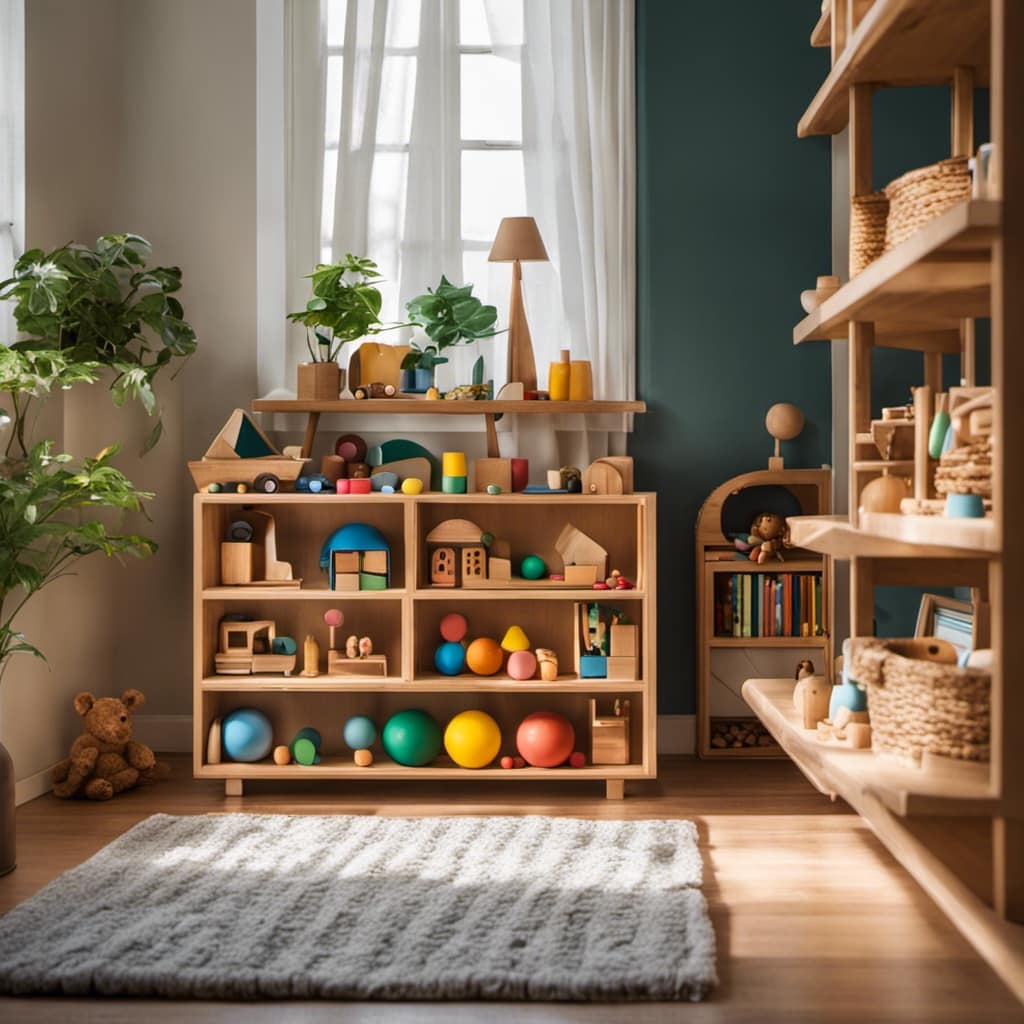
-
Making mealtimes enjoyable: By making mealtimes a pleasant experience, I can encourage my child to try different foods and develop a love for nutritious meals.
-
Teaching portion control: It’s important to teach my child about portion sizes and listening to their body’s hunger and fullness cues to prevent overeating.
Overcoming Barriers to Accessing Nutritious Foods for Children
To ensure children have access to nutritious foods, it is important for parents to address barriers such as food deserts and limited financial resources.
Strategies for improving food accessibility include community-based nutrition programs. These programs can provide resources and support to families in need, helping them overcome obstacles to obtaining nutritious foods.
Community gardens, for example, can provide fresh produce to families living in food deserts. Additionally, food banks and pantries can distribute healthy food options to families facing financial challenges.
Collaborating with local schools and organizations can also help create initiatives that promote nutrition education and provide meals to children in need.
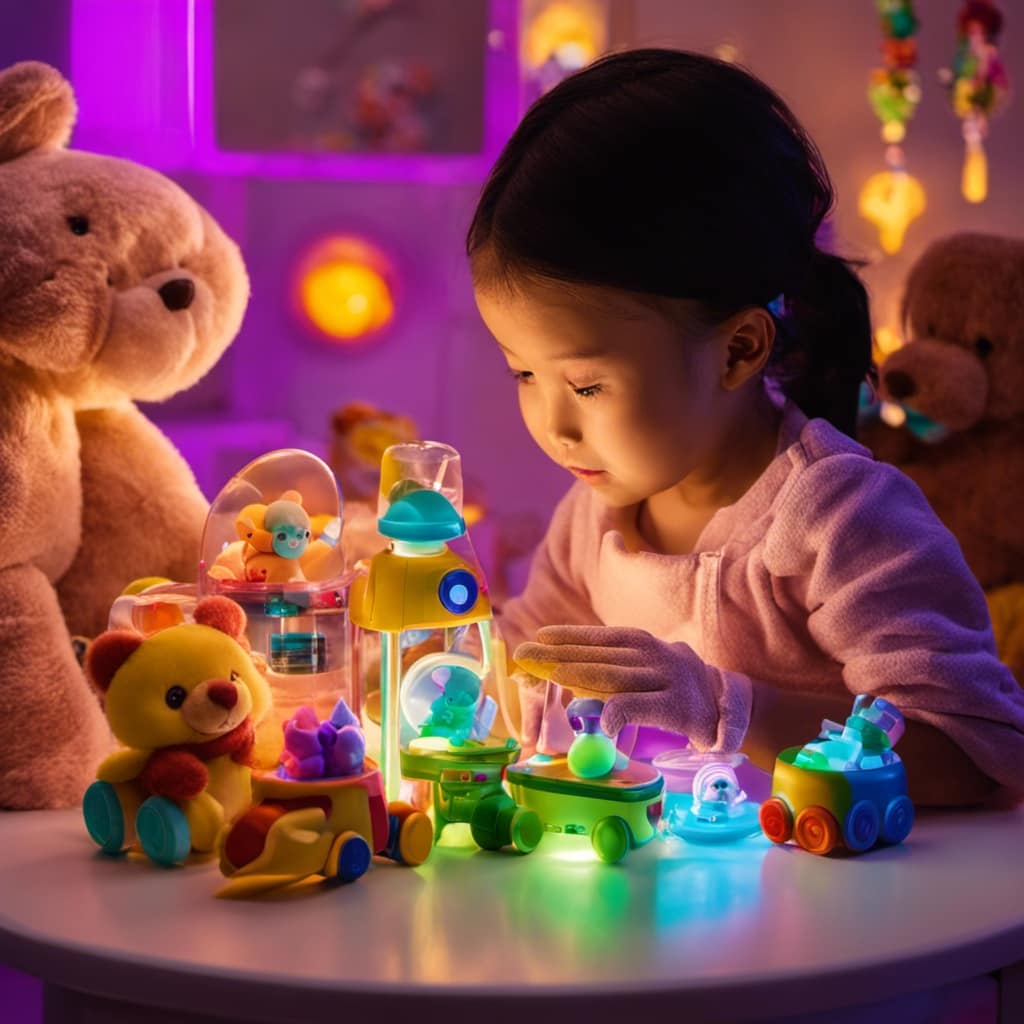
Empowering Children Through Nutritional Education and Support
Educating children about healthy eating habits and providing them with support empowers them to make nutritious choices for their overall well-being. Through nutritional education programs and community support initiatives, we can equip children with the knowledge and resources they need to develop lifelong healthy habits.
Here are four reasons why empowering children through these efforts is crucial:
-
Building awareness: Nutritional education programs raise awareness about the importance of healthy eating and the impact it has on their growth and development.
-
Teaching practical skills: These programs teach children practical skills, such as meal planning, grocery shopping, and cooking, which enable them to make healthier food choices.
-
Fostering positive attitudes: By providing support and encouragement, community initiatives help children develop positive attitudes towards nutritious foods, making it more likely for them to choose healthy options.
-
Creating a supportive environment: Community support initiatives create an environment where healthy eating is celebrated and encouraged, making it easier for children to adopt and maintain healthy habits.
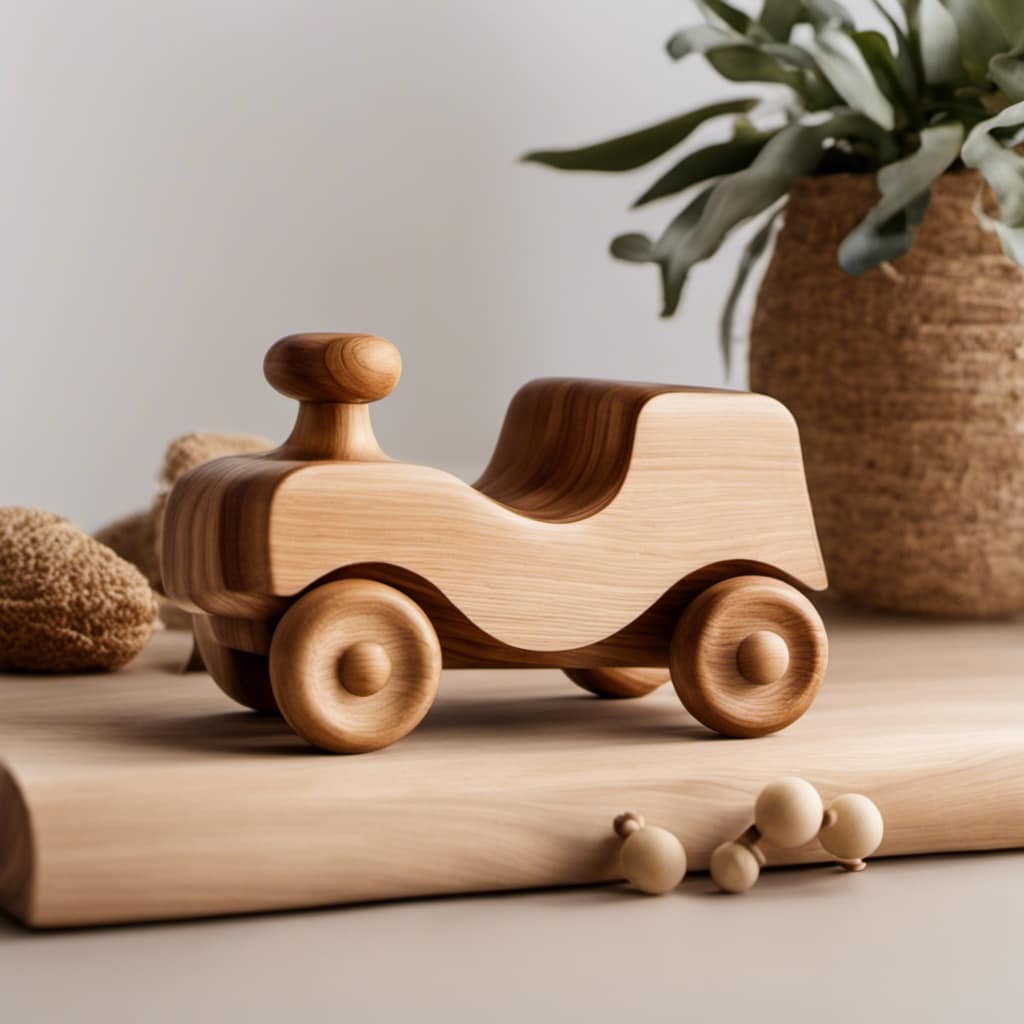
Frequently Asked Questions
What Are the Specific Long-Term Effects of Nutritional Deficiencies in Childhood?
Long-term consequences of nutritional deficiencies in childhood include impaired cognitive development. Inadequate nutrition during this critical period can hinder brain development, leading to learning difficulties and lower academic achievement later in life.
How Can Parents Effectively Promote Healthy Eating Habits in Their Children?
As a parent, I can effectively promote healthy eating habits in my child by being involved in meal planning. I can offer a variety of nutritious foods, limit sugary snacks, and prioritize their nutrition for their overall well-being.
What Are Some Strategies to Overcome Barriers to Accessing Nutritious Foods for Children?
Some strategies to overcome barriers to accessing nutritious foods for children include meal planning, budgeting, shopping for affordable options, utilizing community resources, and teaching children about healthy eating choices.
How Does Nutritional Education and Support Empower Children?
Nutritional education and support empower children by providing knowledge about healthy eating habits and the impact of nutrition on their development. It equips them with the tools to make informed choices for their well-being.
What Are the Key Nutritional Requirements for Optimal Child Growth?
Key nutrients are crucial for optimal child growth and development. Protein, calcium, iron, vitamin C, and vitamin D play vital roles. A balanced diet rich in fruits, vegetables, whole grains, lean proteins, and dairy products ensures these requirements are met.
Conclusion
In conclusion, it’s crystal clear that nutrition plays a pivotal role in a child’s development. Just as a well-tuned engine needs good fuel to perform optimally, a child’s growing body and mind require the right nutrients to thrive.

Neglecting this aspect can have long-lasting consequences, like a ship sailing without a compass. However, by providing a balanced diet and instilling healthy eating habits, parents can steer their children towards a bright and prosperous future.
Remember, a well-nourished child is like a shooting star, destined to shine and achieve greatness.
